Rooftop Gardens, also known as Green Roofs, have many benefits and just a few drawbacks to consider. A building covered with a layer of plants, you may think the name Green Roof comes just from the flora. But in fact, it actually comes from the many environmentally friendly benefits that planting a roof garden gives you and the surrounding environment.

As a general rule, any plant that you grow on your roof should be at least somewhat heat and drought tolerant. A roof will usually get a lot of sun, so unless you have some shade, they will need to be plants that tolerate lots of sun exposure as well. You should be able to find a plant that fits your needs from this hardy list!
Fruits, Vegetables, And Herbs
1. Strawberries
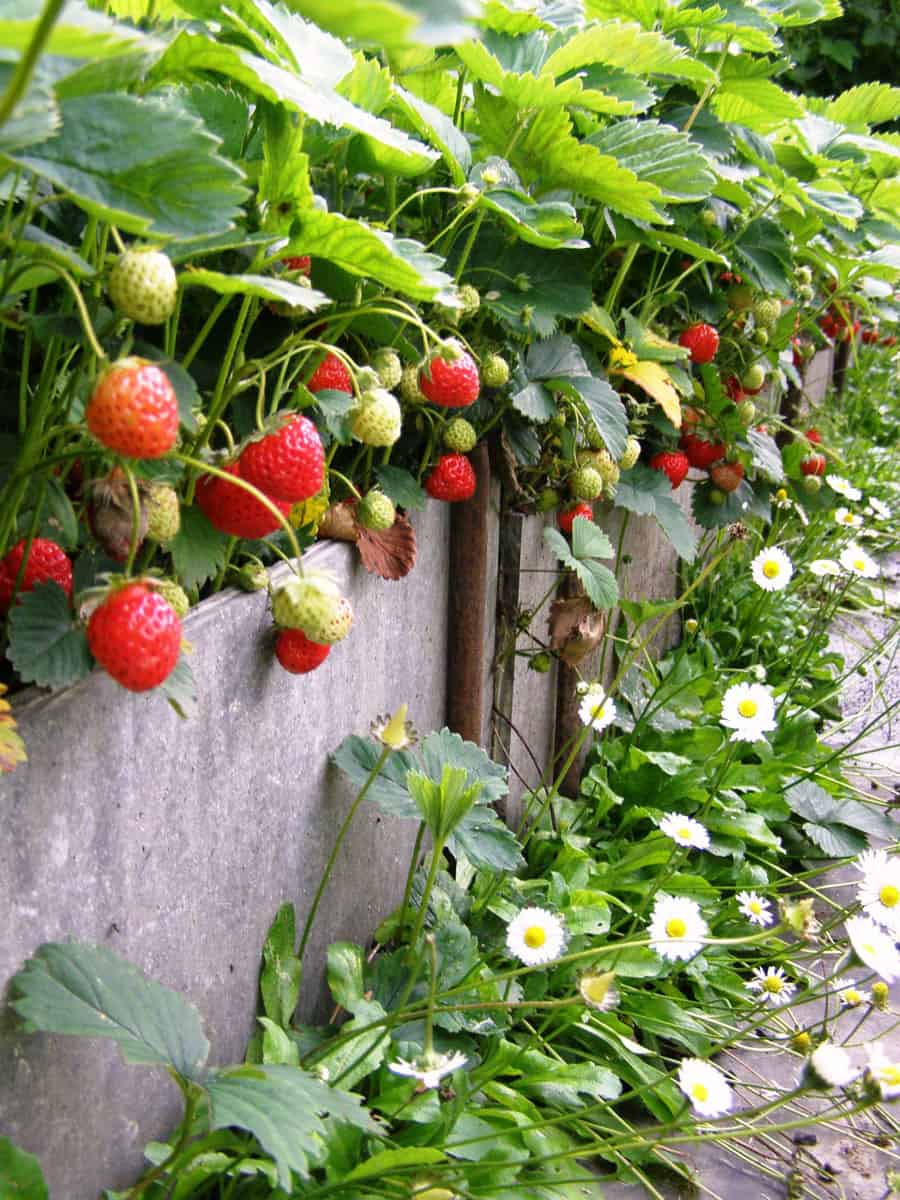
Strawberries (Fragaria × ananassa) need rich, organic soil. Compost and manure are great fertilizers to use. They have oval shaped, serrated leaves that come in groups of three and sprout delicate white blossoms.
They are quite hardy for a garden plant, growing back year after year without replanting. The strawberries themselves are prone to be eaten by birds who find them, so you're going to need to make sure you implement some kind of deterrent to your garden bed.

Click here to purchase this plant from Amazon.
2. Blueberries

Blueberries (Cyanococcus) need soil with higher acidity that drains well but keeps the root system moist, especially when it comes to recently placed plants. The berries themselves are beautiful, and she bushes they grow on are great for landscaping. Plant them in the fall or spring, and makes sure to place them in an area where they get plenty of sun.

Click here to purchase this product from Amazon.
3. Cherry Tomatoes

If you're a fan of tomatoes, the cherry tomato (Solanum lycopersicum var. cerasiforme) is the perfect variety for your rooftop. They grow many smaller tomatoes that can be eaten whole or cut up and used on things like sandwiches and soups, just like regular, larger tomatoes are.
Slightly sweeter than bigger tomatoes, you can plant them in regular potting mix. These are full sun plants, so make sure you place them in an area where they will get lots of light.

Click here to purchase these plants from Amazon.
4. Bush Cucumbers

If you're worried about being able to grow vegetables because of poor previous experience, a cucumber plant (Cucumis sativus) might be perfect for you! So long as they get lots of sun and water, they are very low maintenance. If you give them space to grow vertically, they will take up much less horizontal space because of their vines, giving you more room for other plants.

Click here to purchase seeds for this plant from Amazon.
5. Bush String Beans
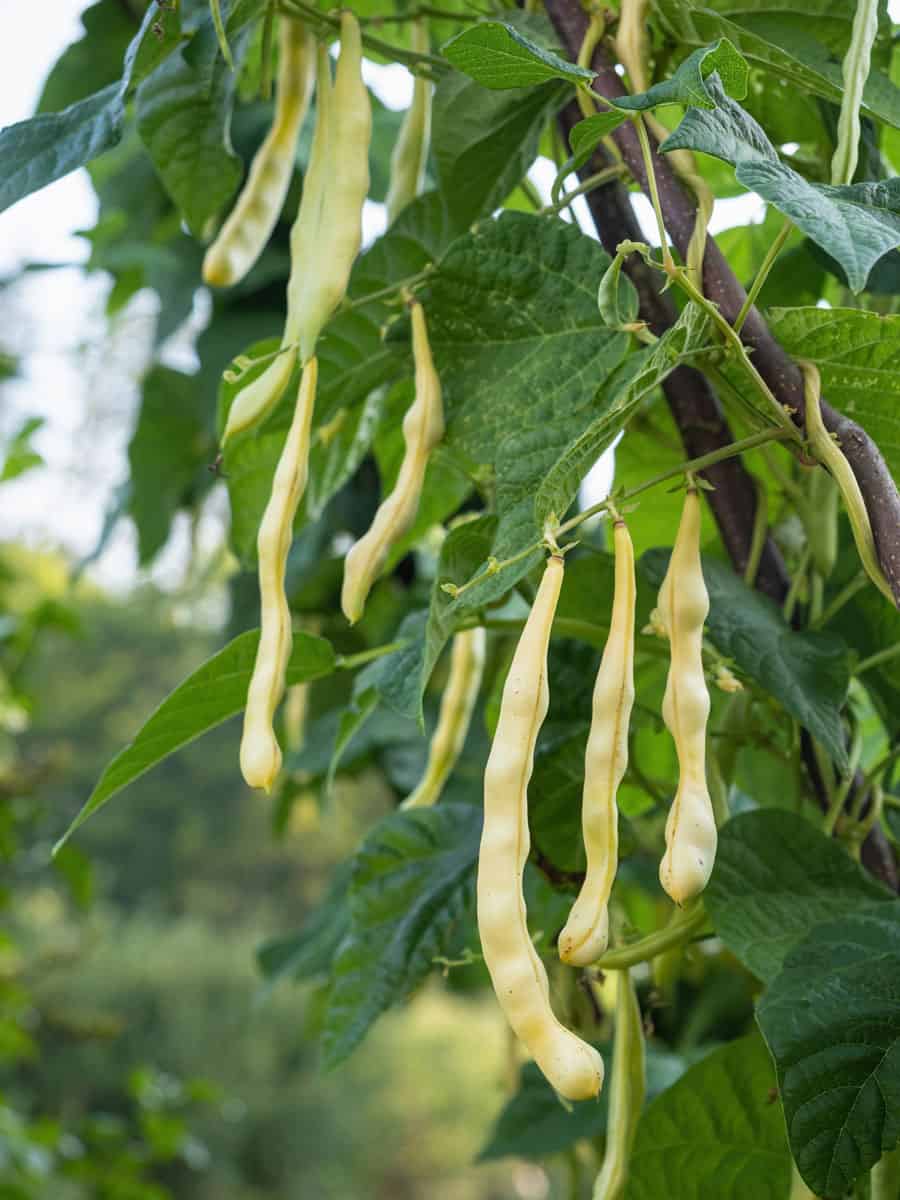
Beans (Phaseolus vulgaris) come in several different varieties, bush varieties, and types that do best when planted next to a pole they can send vines along. Beans are a fantastic source of nutrients, which makes them a great addition to your rooftop garden. Plant them in well-drained soil where they will get full sun. Beans can also be used to restore nitrogen to the soil, an essential plant nutrient.
Click here to purchase these seeds from Amazon.
6. Microgreens
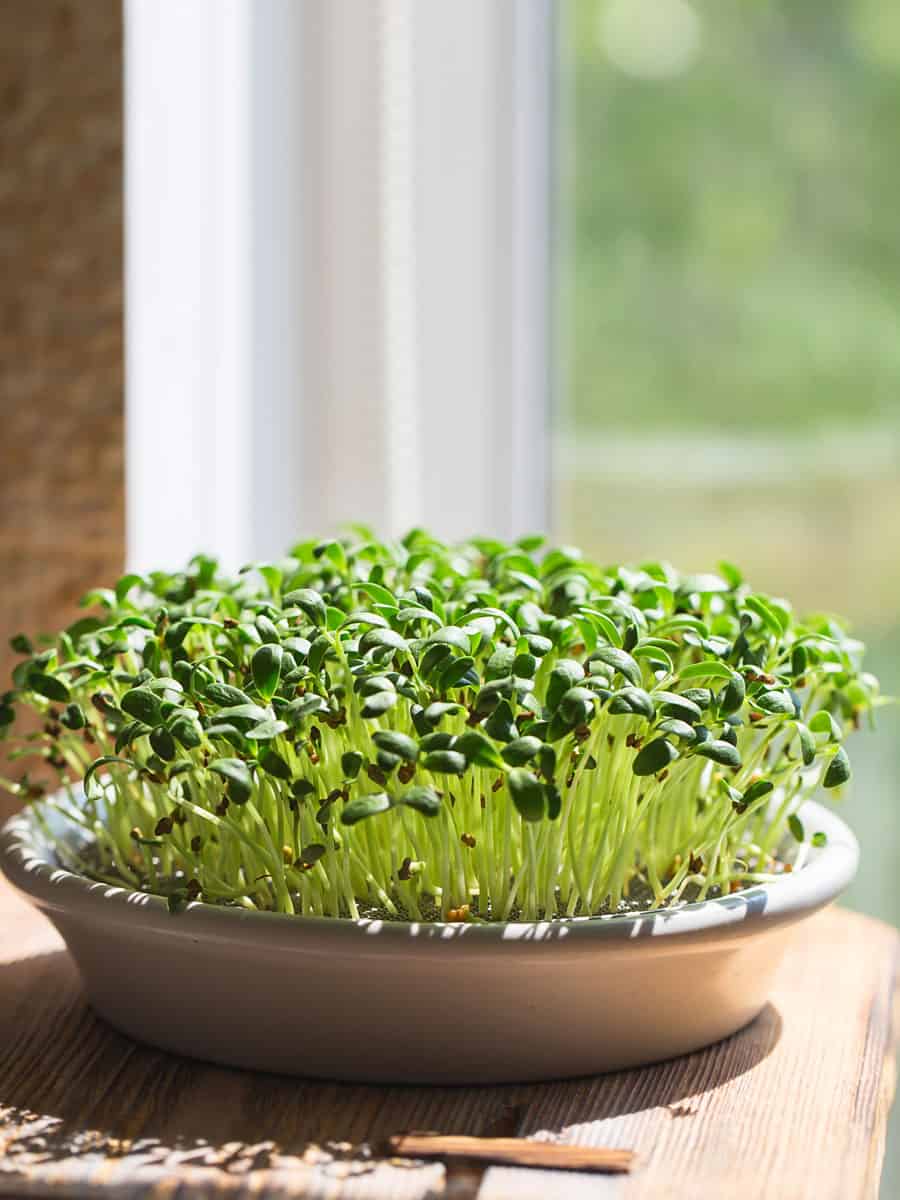
Microgreens are actually not a specific kind of plant, and you can grow them with a number of different seeds. Chia seeds, cabbage, and broccoli are all great options for rooftop growth, as they each need full sun in order to grow. They are cut and harvested when they have their first set of real leaves. Want to grow them inside? Check out this guide: How To Grow Microgreens Indoors

Click here to purchase this microgreen seed mixture from Amazon.
7. Bell Peppers
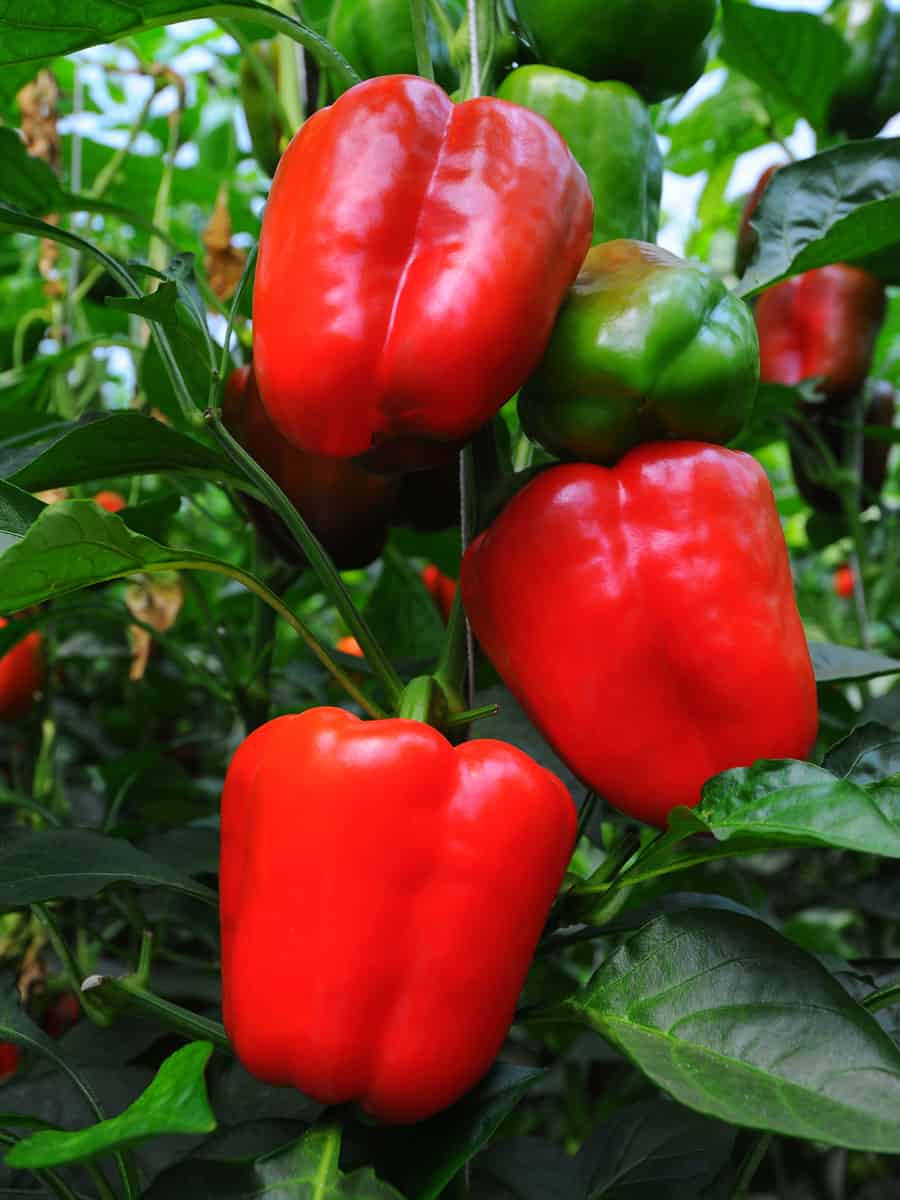
Bell Peppers (part of the Capsicum annum group) are a fantastic rooftop option, as they actually have to be exposed to full sun in order to produce peppers. A sandy, well-draining soil will do best for this plant, protecting it from root rot. Plant them fairly early in the season, as they can take a while to actually produce the large peppers you want.

Click here to purchase this product from Amazon.
8. Lavender

Lavender (Lavandula) is a beautiful herb that can be used as a taller groundcover or for its aromatic, medicinal, and cooking use. Lavender needs to be planted in full sun and soil that drains well. If you're looking to attract insects to your garden to help pollinate your other plants, lavender is a fantastic choice, as many bees, butterflies, and hummingbirds are attracted to the flowers. Use lavender to add a pop of color to your rooftop!

Click here to purchase this product from Amazon.
9. Sage

Sage (Salvia officinalis) is actually a relative of the mint plant. They can be planted in medium to high amounts of sun, so they can handle a little shade. It will do best in rich soil that drains well, which helps prevent root rot and other plant-related illnesses. It is drought-resistant, which may help if you are a bit prone to forgetting to water your plants regularly. Make sure not to water this plant until the soil is completely dry.

Click here to purchase this product from Amazon.
10. Rosemary

Rosemary (Salvia rosmarinus) is another herb that is not only a great plant for a unique appearance and texture but cooking applications as well. Its leaves more closely resemble the needles found on pine trees, but they are not sharp like pine needles. They blossom as well, so they can be used decoratively. It will do best in loamy soil, but it can adjust to poor soil as well, so long as you occasionally fertilize it.

Click here to purchase this product from Amazon.
Decorative Plants
11. Marigolds

Marigolds (Tagetes) are a beautiful, often multicolored flower. They have a fairly compact blossom, and many people use them to keep pests away from their garden. They are an annual flower, but they drop seeds that can grow back year after year, so you may not have to re-plant them. Plant your marigolds in well-draining, rich soil. If planting rows, space them between eight to twelve inches apart.

Click here to purchase these flowers from Amazon.
12. Succulents

There are many different succulents that could be planted in a sunny rooftop garden, but the succulent Hen and Chicks (Echeveria elegant), also known as the Snow Rose, is one of the hardiest and easiest to propagate.
It spreads via underground runners and is easy to transplant. They aren't picky when it comes to soil and will grow in places where many other plants can't. Remember though that they are a succulent and won't do well with too much water.

Click here to purchase this plant from Amazon.
13. Coreopsis

Coreopsis (Coreopsis) is a beautiful flower that can be bought in many different colors, sometimes more than one. They're a very drought tolerant plant, which makes them a great flower for those of you that have a hard time remembering to water your garden. So long as the soil doesn't retain too much moisture, they aren't too picky about the dirt you plant them in,

Click here to purchase this plant from Amazon.
14. Coneflowers

Coneflowers (Echinacea) are a very easy flower to grow, and they're drought tolerant as well, which makes them perfect for rooftop gardens. They self-seed if you don't trim them down, so they will come back year after year. Place them in well-draining soil with lots of sun, and you're good to go!

Click here to purchase this flower from Amazon.
15. Roses

Roses (Rosa) are a classic plant that many people place in their gardens, flowerbeds, and yards for their variety of color and the beauty of their blooms. Place them in full sun for the fullest blooms, and deep, well-draining soil. Click here to learn how to harvest seeds from your roses.

Click here to purchase this plant from Amazon.
16. Juniper
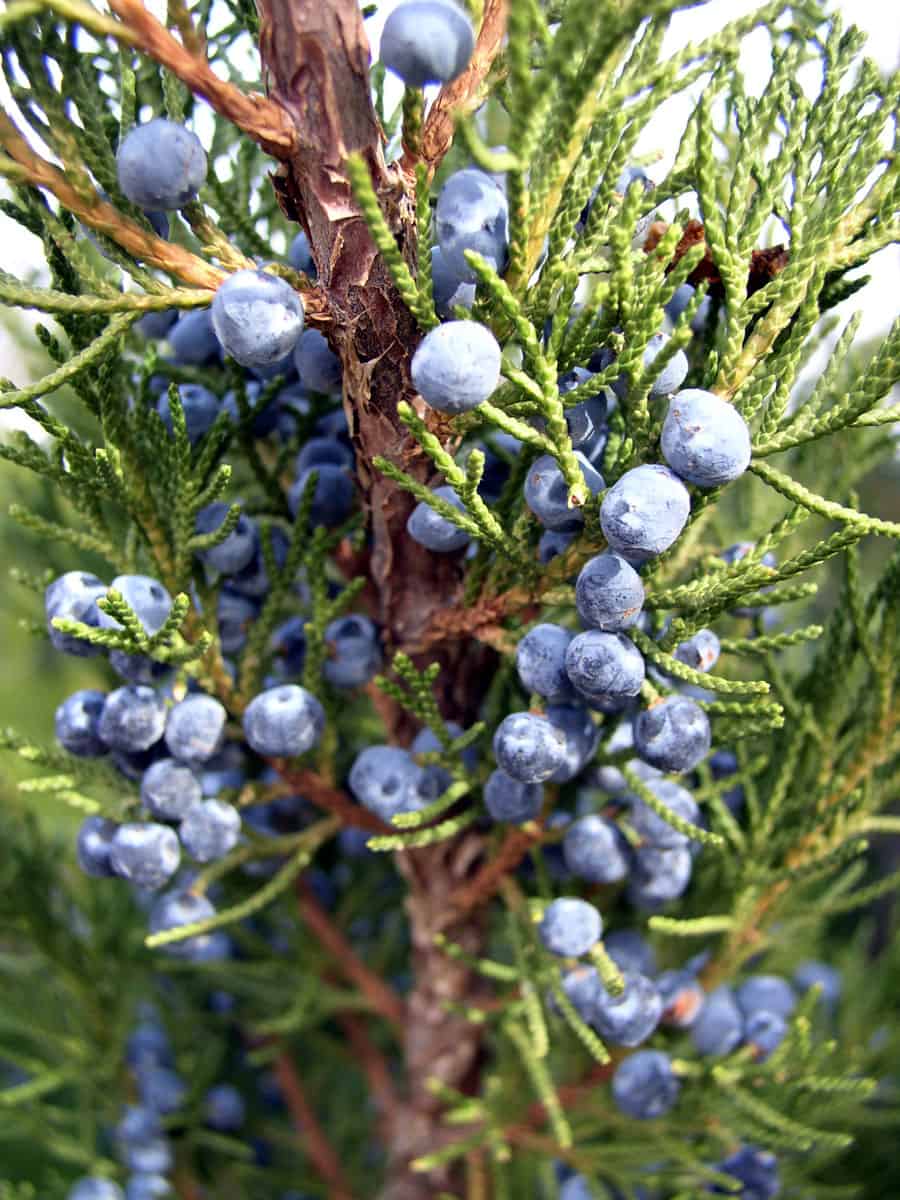
Juniper (Juniperus) can be a tree or a shrub depending on how it is trimmed, or the specific variety you purchase. They are generally a light grey-green color that sticks out among the other plants you may have in your rooftop garden. Rich soil that drains well is the best soil for juniper plants. Make sure that it doesn't get planted in an area that has standing moisture, as this will give the plant root rot.
17. Arborvitae

A coniferous tree, these plants (Thuja) can be trained and cut into tree or bush shapes. They do not have traditional sharp needles, and they don't have as much of a mess as many other coniferous trees. They can grow up to three feet a year but are easy to trim and keep under control. They should be planted in full sun and moist, well-draining soil to keep the plant green and the tips from turning brown.


